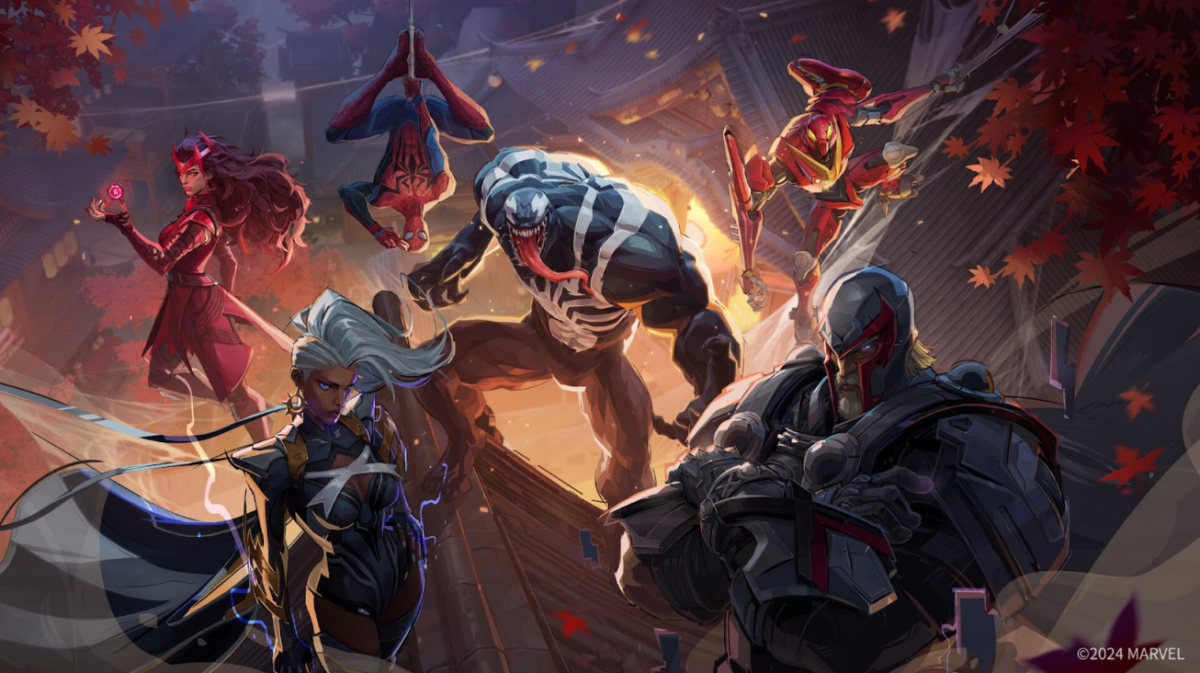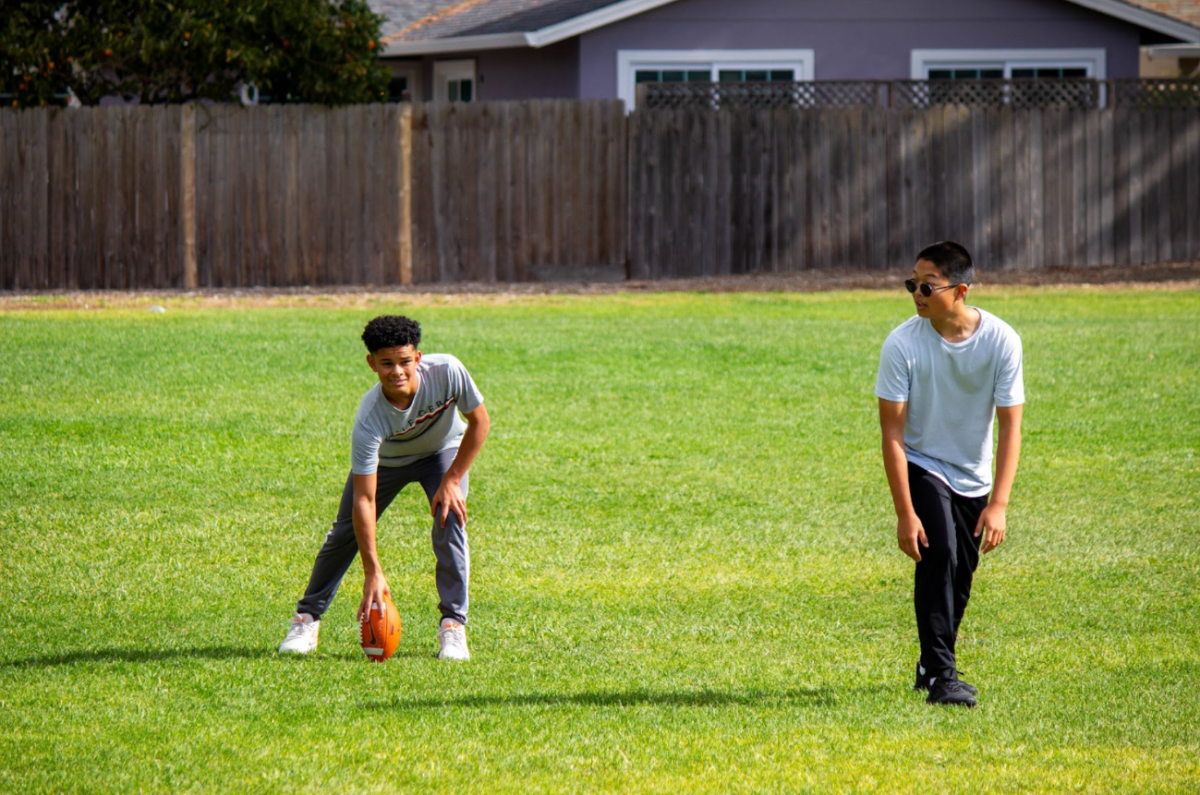As days get longer, spring sports begin to come back! Athletes start to get their gear ready in hopes of performing in front of crowds. This means you are able to watch the NBA (National Basketball Association) and NFL (National Football League) with your friends and family. But sometimes as you’re watching spring sports on TV you don’t really understand what the athletes are doing or even what your friends and family are saying about the sport. Don’t worry! This article is going to guide you through some basic rules and terms that are key for understanding spring sports.
Basketball season begins in October and lasts until April specifically for the NBA. The game is played on a rectangular court that has two baskets on each side with five players on the court for each team. The game is played in four quarters, and the length of each quarter depends on the level you play at. For example highschool basketball is played with eight minute long quarters while the NBA is played in twelve minute long quarters. Coaches are given five timeouts (two being 30 seconds and three being 60 seconds). Coaches use these timeouts in order to let their players rest, give strategic plays, motivate players, or also ruin the momentum the other team is currently playing at.
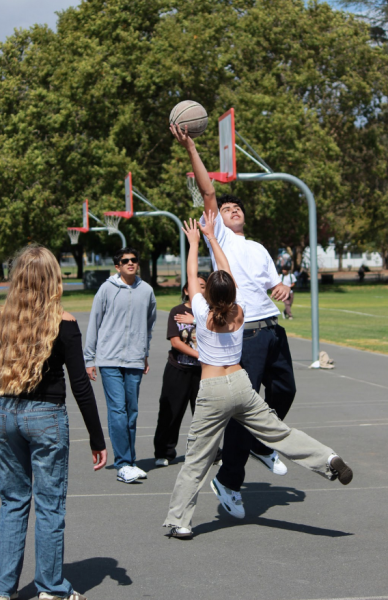
The game begins with two players from each team doing a jump ball. A jump ball occurs in the first quarter in order to decide which team gets the ball first. Coaches usually put their tallest players face to face waiting for the referee to toss the ball.
Referees watch the game very closely and ensure 100% of their attention is on the game in order to notice fouls, travels, or anything that seems off to them.
Players get fouled if they hold or push the opponents. Depending on how bad the foul is, refs give the opposing team a chance to score from the free throw line, which counts as one point. Players who commit two technical or personal fouls will be disqualified from the game or tournament.
Travels are called when the referees notice that a player does not dribble the ball within two steps; this gives the other team possession over the ball. The other team can also get possession of the ball if the opposing team’s player dribbles outside the rectangular court.
Wherever the player scores depends on the amount of points they earned. For example if the player scores within the three point line the team will receive two points but if they score outside the three point line they will receive three points. The only time the athlete is allowed to score an open basket is when they get to shoot from the free throw line.
If both teams score the same amount of points in the game then they will play overtime. Overtime is an extra five minutes after the fourth quarter that will keep repeating until a team wins.
Now that you know some basic rules about basketball, here are some pointers on sounding educated in football. Football season begins before basketball season, starting in September and ending in January. Football teams are a bit bigger than basketball teams since they have a bigger field of 120 yards long and the width of 50 yards. There are two teams with 11 players on each side of the field. Defensive positions are Linemen, Linebacker, Safety, and Defensive Back also known as CornerBacks. On the other hand, the offensive positions are Quarterback, Runningback, Wide receiver, Linemen, and Tight End. Both teams also include Kickers and Punters.
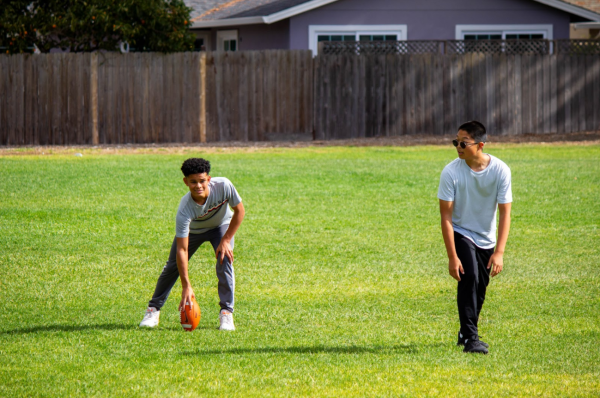
The game begins on the scrimmage line with a kickoff to the receiving team. The team that kicks the ball from the middle of the field gives the offense four attempts to complete a first down. Offense is also given the opportunity to kick the ball into the field goal or punt it on the fourth down. A field goal is worth three points. If the offense does not complete a first down then it’s a turnover.
Offense tries to score touchdowns while defense tries to stop them from getting down the field. A touchdown is worth six points. After each touchdown, the offense can choose to kick a field goal for an extra point or go for a two point conversion. If an offensive player drops the ball after having control of it it is considered a fumble.
Quarterbacks play an important role in the game as they direct the offense to score touchdowns. They have to make quick decisions whether to throw the ball or hand it to the Running Backs. If the Quarterback’s throw does not reach the offense then the opposing team’s defense will attempt to intercept the pass thrown.
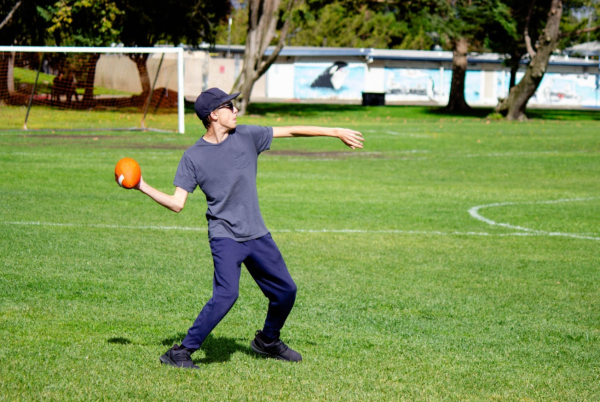
Defense has to try their hardest to stop the other team’s offense from scoring; they can do this by intercepting passes, ruining plays, and tackling players with the ball. While tackling each other, players are not allowed to grab each other’s helmets. When the players get tackled they have to form a new line of scrimmage in that exact spot.
Generally, the basic rules of these games are essential for the fans watching and the athletes themselves. It is good to be a bit educated on the way these games are played, so while watching with your family and friends you can have an understanding of what is happening. Now that you know about these key rules to the games, next time you watch you won’t have to worry about being left out!













